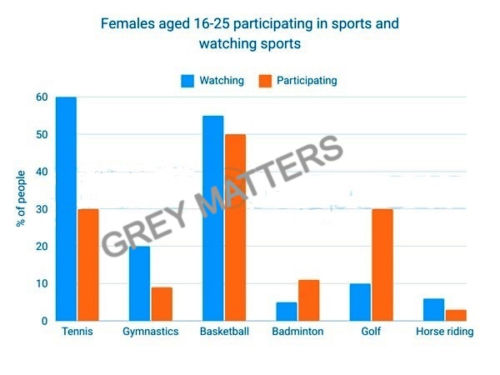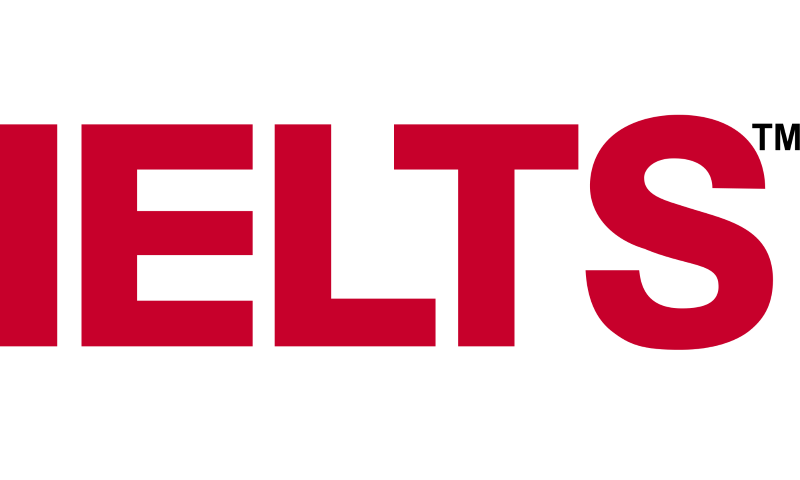Kazakhstan – Latest IELTS Writing Task 1 & 2 – July 2024 (Academic)
August 30, 2024Uzbekistan – Latest IELTS Writing Task 1 & 2 – July 2024 (Academic)
August 30, 2024WRITING TASK 1
The chart below shows the percentage of females aged 16-25 in a particular country who participated in sports, compared to those who watched sports, in 2000.
Summarize the information by selecting and reporting the main features, and make comparisons where relevant.

Write at least 150 words (You should spend 20 minutes on this task).
Sample Answer
The bar chart depicts the percentage of female adolescents and adults in a particular country who either participated in or watched six different sports in the year 2000.
Overall, there is a notable contrast between the rates of sports participation and viewership. For tennis, 60% of females aged 16 to 25 were spectators, yet only 30% actively participated in the sport. Gymnastics shows a similar trend, with participation at 10% and viewership at 20%. Basketball has the smallest gap, with viewership about 5% higher than participation, at approximately 55% and 50% respectively. Horse riding and racing were the least popular, with both participation and viewership rates below 5%.
Conversely, badminton saw a higher level of participation among female adolescents and adults, with over 10% actively involved compared to around 5% who watched. Golf also displayed a significant disparity, with 30% participating and only 10% watching.
WRITING TASK 2
University Students should pay the full cost of their studies because university education benefits individuals rather than society as a whole.
To what extent do you agree and disagree?
Sample Answer
The debate over whether university students should bear the full cost of their education hinges on the broader discussion of the individual versus societal benefits of higher learning. While some argue that the primary beneficiaries of university education are the students themselves, others believe that society as a whole gain from an educated populace.
On one hand, proponents of students paying the full cost contend that the advantages of higher education are predominantly personal. University graduates often enjoy enhanced career prospects, higher salaries, and increased job satisfaction, which directly benefit them. Given these personal gains, it is argued that individuals should shoulder the financial burden of their education. This perspective emphasizes the principle of “user pays,” suggesting that those who directly benefit from a service should cover its costs.
However, this viewpoint overlooks the significant societal benefits of university education. Educated individuals contribute to the economy through higher productivity, innovation, and entrepreneurship. They also play crucial roles in various sectors, including healthcare, education, and technology, which benefit society at large. The knowledge and skills acquired in university settings often lead to advancements that address societal challenges, thus demonstrating that the impact of higher education extends beyond the individual.
Moreover, the notion of full cost payment can exacerbate socio-economic inequalities. Higher education becomes less accessible to those from disadvantaged backgrounds if they are required to pay the full cost. This could result in a less diverse and less inclusive workforce, undermining the societal benefits of having a broadly educated population.
In conclusion, while it is reasonable to expect students to contribute to their education costs, it is also essential to recognize the broader societal benefits of higher learning. A balanced approach, such as a combination of personal contribution and public funding, might better align with the interests of both individuals and society. This would ensure that higher education remains accessible and continues to deliver widespread benefits.
















